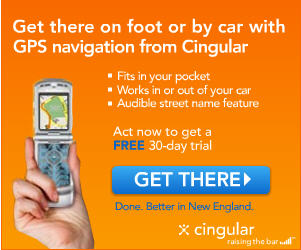If you are a brand steward and follow the online buzz about your product, you may have wished for a way to swing your computer screen around and show the world the great things users are saying about your brand.
It’s the online equivalent of word-of-mouth. When you hear something good, you want to hear these endorsements shouted from the rooftops. Well, the PR group Edelman, in collaboration with RSS distributor Newsgator, have found a way to do just that.
Edelman’s clients can now order up ad units that are essentially “widgets” displaying headlines linked to user-generated content (UGC) about a brand. You’ve heard of testimonial ads. These are the dynamic equivalent of them. And because they carry the credibility of UGC, I predict Hosted Conversations will be extremely successful if done correctly.
According to this piece on the recently unveiled Hosted Conversations:
The NewsGator-powered product tracks media relating to pre-specified subjects, extracting nuggets from blog posts, mainstream media, and video and photo sites. The PR firm will pluck the highest quality content from those sources based on criteria set by its clients; the choice bits will then feed dynamically into the chosen advertiser-branded units. We’re determining the “memes in conversation, who’s saying the most interesting stuff,” said Rick Murray of Edelman.
What do I mean by executing these ads correctly? I would say they would be doing the brand a favor by sprinkling the glowing reviews with some dissenting opinions. Although they would have no control over these criticizing posts, they Edelman would be able to provide their side of the story in comments associated with the piece.
Although these folks have stumbled publicly lately, I suspect that if anyone can pull of this feat they can. For example, read Rick Murray’s quick response to this criticism of the very concept of the new ad unit. When you browse down past the blogger’s post, the very first comment you’ll see is by the owner of the brand in question. And a very tactful response it is. Well played, Rick!
